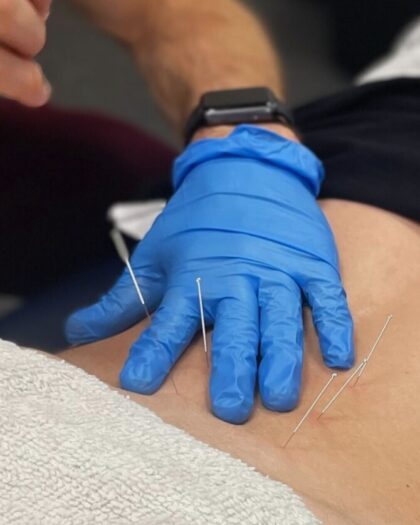
Tennis elbow, also known as lateral epicondylitis or lateral epicondylalgia, is a common condition characterized by pain on the outside of the elbow. It typically affects individuals who engage in repetitive wrist extension activities, causing strain on the tendons that attach to the lateral epicondyle (the bony bump on the outside of the elbow). However, recent medical understanding suggests that this condition can also arise without specific provoking activities, affecting about 1-5% of the population.
Moving away from the term "tendonitis," which implies inflammation, medical professionals now refer to these conditions as "tendinosis" or "tendinopathy." This shift acknowledges that these conditions involve more than just inflammation but also structural changes and dysfunction in the tendons.
A healthy tendon should resemble an organized arrangement, like a handful of pens pulled out of a cup. In contrast, tendinopathy results in disorganized tendon fibers. Treatment focuses on applying resistance or load to the muscles to encourage tendon restructuring.
However, diagnosing and treating tennis elbow isn't always straightforward. Pain in the lateral elbow area may stem from issues elsewhere, such as tension in the Radial Nerve, which innervates the muscles involved in wrist extension. Therefore, a comprehensive assessment of the entire upper body, including the neck, back, shoulder blade, shoulder, elbow, and wrist, is crucial for accurate diagnosis and effective treatment.
Physical therapists employ various techniques based on individual needs. Isometric loading, where patients activate muscles without joint movement, can help relieve pain and gradually increase tendon load. If needed, therapists may use modalities like IASTM (Instrument-Assisted Soft Tissue Mobilization), cupping, dry needling, taping, or joint mobilization to aid recovery.
It's essential to emphasize that tenderness in specific areas alone isn't enough for a diagnosis. Movement limitations, neural tension assessments, and a comprehensive care plan are vital. Rest and ice, while commonly advised, may not be sufficient on their own.
In conclusion, treating tennis elbow goes beyond simple rest and ice protocols. Each case requires a tailored approach based on a thorough assessment and understanding of individual factors. Collaborating with skilled medical professionals ensures proper diagnosis and effective treatment, leading to better outcomes for patients. While information is abundant online, relying on outdated or incomplete sources can hinder progress. Trusting in updated medical practices and personalized care is key to managing and overcoming tennis elbow effectively.











